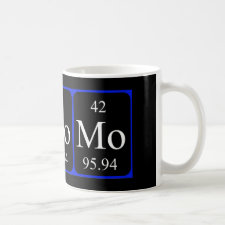
Authors: Sellergren B
Article Title: Molecular imprinting for selective solid-phase extractions in bioanalysis.
Publication date: 1998
Journal: Journal de Pharmacie de Belgique
Volume: 53
Issue: (3)
Page numbers: 121.
Abstract: Affinity stationary phases capable of discriminating between molecules with small structural differences can be prepared via imprinting of network polymers with template molecules. These phases show promise for use in solid phase extraction (SPE) for bioanalysis, environmental analysis and in the analysis of pharmaceutical formulations. A better understanding of the factors influencing the analytical efficiency of the materials, i.e. selectivity, recovery, kinetics and breakthrough volume is necessary for the advancement into practical applications. The first factors to consider are those related to the structure and stability of the noncovalent assemblies of the functional monomers and the template prior to polymerization. These assemblies are believed to define the structure of the subsequently formed binding sites. Other factors are related to the structure and morphology of the resulting materials. The porosity, surface area and swellability control the accessibility of the template to the sites and thus influence the breakthrough volume and kinetics in the sorption experiment. In the rebinding, recognition driven by electrostatic interactions is commonly most efficient in low polar poorly hydrogen bonding solvents whereas recognition driven by the hydrophobic effect is optimal in aqueous media. Examples from both these categories and how to incorporate the corresponding materials in SPE for bioanalysis will be given



Join the Society for Molecular Imprinting

New items RSS feed
Sign-up for e-mail updates:
Choose between receiving an occasional newsletter or more frequent e-mail alerts.
Click here to go to the sign-up page.
Is your name elemental or peptidic? Enter your name and find out by clicking either of the buttons below!
Other products you may like:
 MIPdatabase
MIPdatabase









